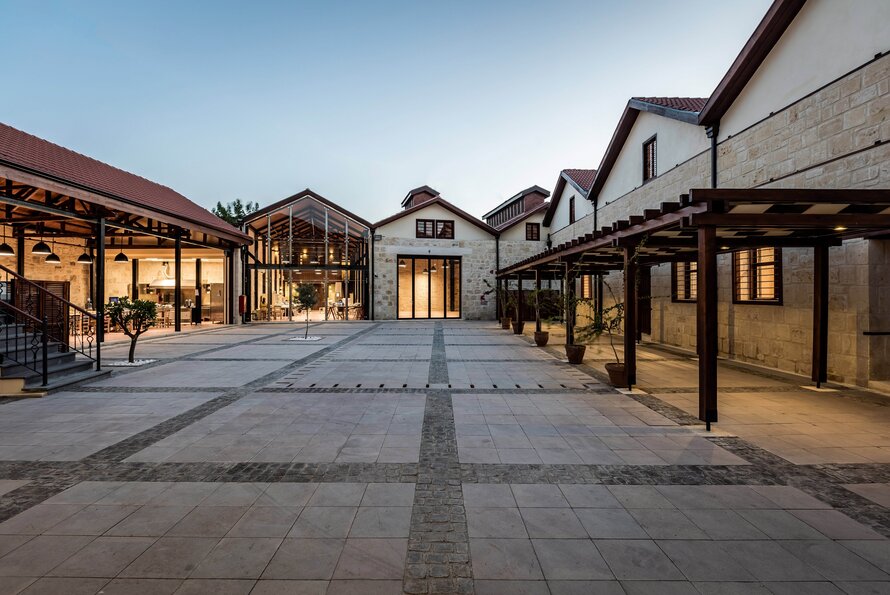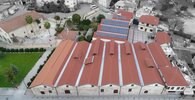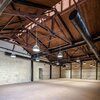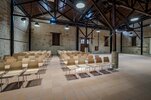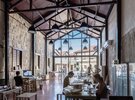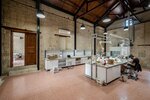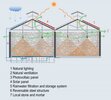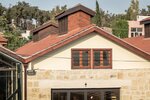Tarsus-Gözlükule Excavations Research Center, Boğaziçi University, Mersin
The dilapidated buildings of an abandoned 19th century ginnery in Tarsus are now home to a redesigned contemporary centre for archaeological research and public engagement. The industrial complex where seeds were separated from cotton, now serves as the premises of Boğaziçi ...
Read more
Project details
Description:
The dilapidated buildings of an abandoned 19th century ginnery in Tarsus are now home to a redesigned contemporary centre for archaeological research and public engagement. The industrial complex where seeds were separated from cotton, now serves as the premises of Boğaziçi University’s archaeology project, currently focused on the ancient mound of Gözlükule in the heart of the town. The project has received support and contributions from the Ministry of Culture and Tourism and Boğaziçi University with funds acquired from the Ministry of Development. The complex has been provided with an artefact conservation and restoration laboratory and an archive for artefacts unearthed from the Gözlükule mound. There are dormitories, library, a study room, an open kitchen and dining area, a conference room for national and international conferences and an exhibition hall. The sustainable design by APAYDIN Engineering, implemented by SAYKA Construction and both led by Saadet Sayın, highlights the architectural, spatial and aesthetic values of the complex, while retaining its unique historic character as a monument of industrial heritage design. The site has been reintegrated into the contemporary life of the town, meeting the needs of researchers and of the local community. The innovative technologies developed for the complex’s energy needs are a model for the sustainable transformation of cultural heritage sites. A new system was developed to store rainwater which can be used by the excavation team to clean artefacts. The electricity and hot water are provided by solar and photovoltaic panels on the roof. The entire energy and hot water requirements of the research centre are thus covered by solar power, greatly minimising the complex’s carbon footprint.
Similar projects
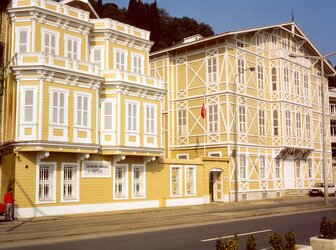
20th century
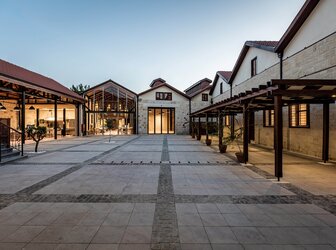
1865
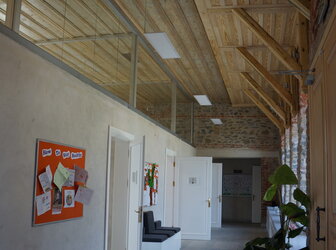
1871
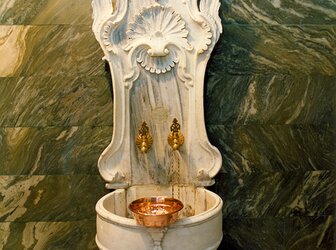
19th century
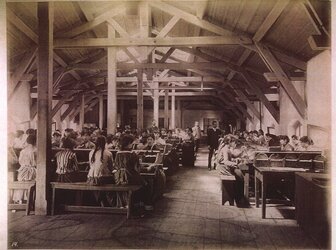
19th century
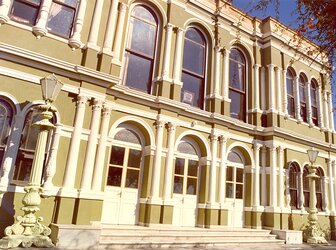
19th century
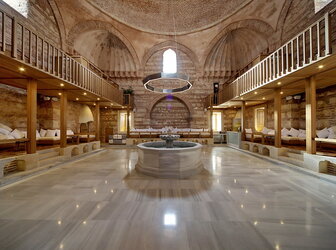
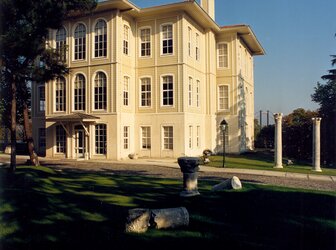
19th century
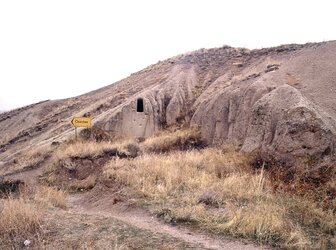
10-13th century
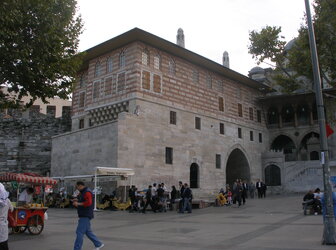
16th century
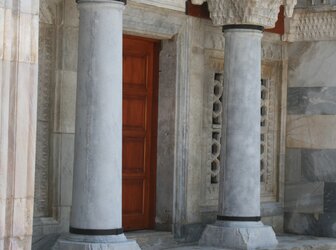
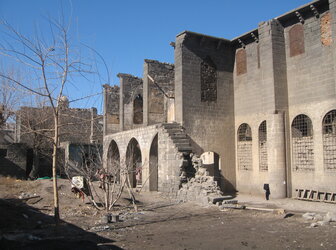
17th century
